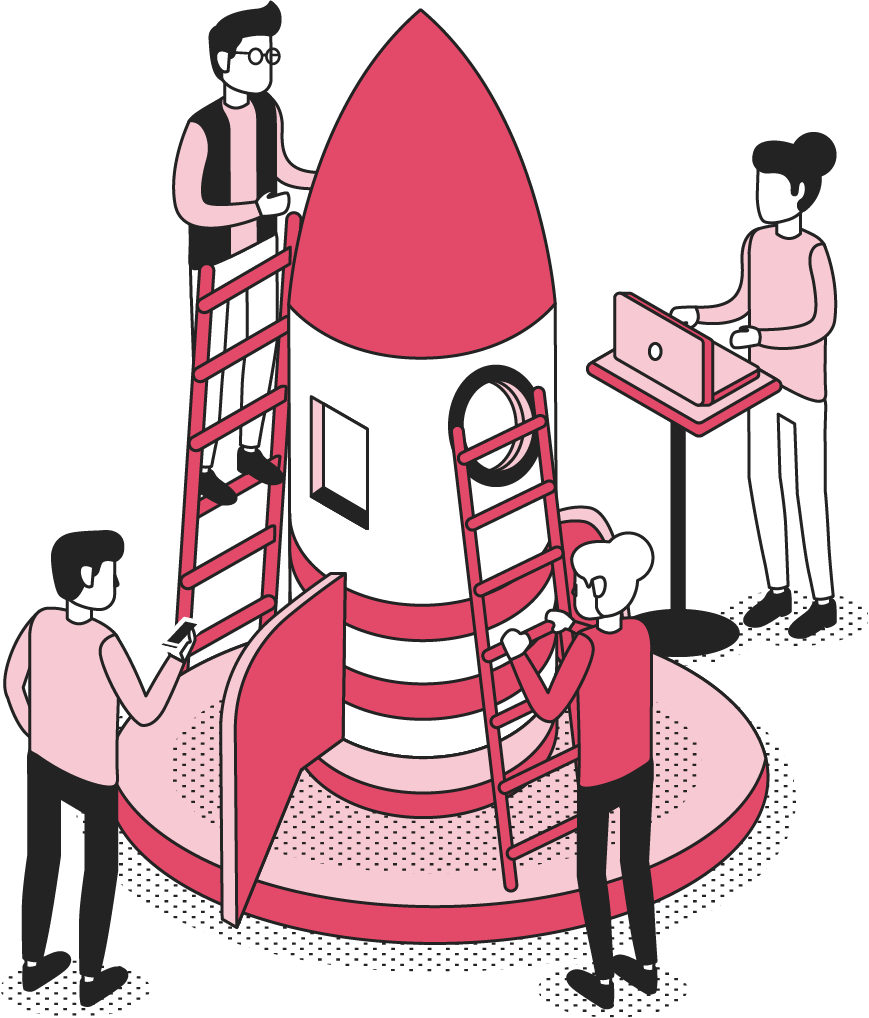The GLS Legal Operations Centre
The ultimate in-house legal department resource stack
Back
Compensation/Performance
What Is It
The Compensation station tackles one of the most strategically neglected aspects of legal team transformation: how in-house legal leaders are paid. Despite the General Counsel (GC) role evolving into a critical driver of enterprise value, most compensation frameworks remain anchored in outdated perceptions of legal as a cost centre. This station reframes compensation as a direct reflection of validated business impact - not tenure, not title, but tangible outcomes.
Today’s GC is a commercial strategist, operational architect, and enterprise risk mitigator. They reduce external legal spend, accelerate deal velocity, and embed scalable legal infrastructure. Their contributions often eclipse those of external counsel - yet their pay rarely reflects this. The disparity between elite in-house counsel and their private practice peers is not just unjustified - it’s strategically dangerous.
GLS believes that legal leaders who master transformation and deliver measurable business value must be compensated accordingly. This station helps legal teams understand how to benchmark, justify, and elevate their compensation frameworks to reflect true enterprise contribution. It’s not just about fairness - it’s about aligning incentives with impact, and ensuring that legal talent is retained, respected, and rewarded.
Scope
The Compensation station encompasses:
◼️Benchmarking GC and legal team salaries against market and private practice equivalents
◼️Quantifying legal’s enterprise-wide impact in financial and strategic terms
◼️Building business cases for compensation uplift based on validated outcomes
◼️Structuring incentive models tied to transformation milestones and KPIs
◼️Aligning legal remuneration with broader talent and retention strategies
◼️Engaging HR and executive leadership with data-driven compensation narratives
◼️Addressing internal equity and succession planning risks
◼️Supporting career progression frameworks for legal leadership
Resource Status
In GLS legal ops, the Compensation/Performance is considered a "Repeater" resource within legal operations.
A Repeater Resource: Supports multiple legal functions, ensuring that structured legal requests improve contracting, dispute resolution, compliance, and advisory services.
A well-structured Compensation/Performance enhances legal team productivity, reduces wasted time, and improves service delivery across the organization.
Best Practice Features
The best practice features of the GLP are as follows:
◼️Impact-Linked Compensation Frameworks
Legal compensation must be tied to validated business outcomes — not just tenure or title. This means aligning pay with metrics such as cost savings, deal velocity, risk mitigation, and operational scalability. When legal leaders are paid for impact, they are incentivised to deliver enterprise value.
◼️Market-Responsive Benchmarking
Compensation structures must be informed by real-time market data, including comparisons with private practice, peer organisations, and sector-specific benchmarks. This ensures legal talent is neither undervalued nor lost to competitors offering more attractive packages.
◼️Transformation-Driven Incentive Models
Legal teams should be rewarded for driving transformation — whether through process optimisation, tech adoption, or strategic enablement. Incentives tied to transformation milestones reinforce the legal function’s role as a business enabler.
◼️Integrated Performance Metrics
Compensation must be linked to a clear set of KPIs that reflect both legal and business priorities. These might include turnaround times, stakeholder satisfaction, risk reduction, and contribution to revenue-generating activities. KPIs must be transparent, measurable, and regularly reviewed.
◼️Executive-Level Engagement
Legal compensation should be a board-level conversation. When the C-suite understands the strategic value of legal, they are more likely to support compensation uplift. Legal leaders must be equipped to communicate their impact in commercial terms.
◼️Succession-Ready Career Pathing
A best practice compensation framework includes structured career progression, succession planning, and leadership development. This ensures continuity, motivation, and long-term retention of high-performing legal talent.
◼️HR & Finance Alignment
Legal must work hand-in-glove with HR and Finance to ensure compensation frameworks are sustainable, equitable, and aligned with broader talent strategies. This includes integrating legal roles into enterprise-wide remuneration reviews and talent mapping exercises.
◼️Transparency & Internal Equity
Compensation structures must be transparent and defensible. Internal equity — across roles, functions, and geographies — is critical to maintaining morale and avoiding friction. Legal leaders must be able to explain not just what people are paid, but why.
Business Value
The Compensation station delivers the following value to the Business:
◼️Retention of high-performing legal talent: When legal leaders are paid in line with their strategic value, they stay longer, build deeper institutional knowledge, and deliver more consistent outcomes.
◼️Increased legal team performance: Compensation tied to transformation and KPIs drives focus, accountability, and results. Legal becomes a performance engine, not a passive function.
◼️Reduced reliance on external counsel: Well-compensated in-house teams are more empowered and capable, reducing the need for costly external legal support.
◼️Faster deal execution: Incentivised legal teams are more responsive, commercially attuned, and aligned with business timelines — accelerating revenue generation.
◼️Stronger alignment with business objectives: Compensation frameworks that reward enterprise impact ensure legal is pulling in the same direction as the business.
◼️Mitigation of strategic risk: Underpaid legal leaders are a flight risk. Losing a GC mid-transformation can derail progress, expose the business to risk, and cost millions in lost momentum.
◼️Enhanced employer brand: Competitive legal compensation signals that the business values legal as a strategic partner — attracting top-tier talent across all functions.
Legal Department Value
For the legal team, this station delivers:
◼️Recognition of enterprise-wide contributions: Compensation becomes a mirror of impact, not just seniority. Legal professionals feel seen, valued, and respected.
◼️Improved morale and engagement: When legal teams are rewarded for transformation, innovation, and business enablement, they show up with energy and purpose.
◼️Clear progression pathways: Structured compensation models support career development, succession planning, and long-term retention.
◼️Greater internal influence: Well-compensated legal leaders command more respect at the executive table, enabling them to shape strategy and drive change.
◼️Attraction of top-tier talent: Competitive pay packages help legal teams recruit transformation-ready professionals who want to make a difference.
◼️Reduced attrition risk: Legal professionals are less likely to jump ship when they see a future - and a fair reward - where they are.
◼️Stronger team cohesion: Transparent and equitable compensation frameworks reduce internal friction and foster a culture of shared success.
Who Needs It
The Compensation station is essential for:
◼️General Counsel
◼️Legal Operations Leaders
◼️Heads of Legal
◼️HR Business Partners
◼️CFOs and Executive Leadership
◼️Legal Talent Managers
Productivity Consequences
A legal team operating without a Compensation framework will face a wide range of inefficiencies including:
◼️Loss of high-performing legal talent: Underpaid GCs and legal leaders will eventually leave - often at the worst possible time.
◼️Inability to attract transformation-ready professionals: Top-tier legal talent won’t join organisations that undervalue their contribution.
◼️Misalignment between legal effort and business priorities: Without performance-linked incentives, legal teams may focus on low-impact work.
◼️Reduced motivation and engagement: Legal professionals who feel underpaid are less likely to go the extra mile or innovate.
◼️Increased reliance on external counsel: Under-resourced in-house teams push more work outside — at a higher cost and slower pace.
◼️Strategic blind spots: A disengaged or underpaid GC may not have the bandwidth or incentive to proactively identify and mitigate enterprise risks.
◼️Higher turnover and succession risk: Without clear compensation pathways, legal teams become unstable, reactive, and harder to manage.
◼️Weakened legal influence: Under-compensated legal leaders struggle to command respect at the executive level, limiting their ability to shape business strategy.
Tech Implication
While Compensation is not inherently a technology-driven station, it benefits significantly from data analytics, benchmarking platforms, and performance tracking tools. Legal teams should leverage technology to:
◼️Quantify legal impact and transformation outcomes
◼️Track KPIs and link them to compensation models
◼️Benchmark salaries against market and peer roles
◼️Integrate legal compensation into HRIS and talent systems
◼️Model compensation scenarios and succession plans
Technology enables transparency, consistency, and alignment - all critical to building a compensation framework that reflects legal’s true value.

The GLS Legal Operations Centre
Register to access your complimentary Day 1 Resource Stack packed with legal team performance resources.

GLS Ultimate Guide To Legal Operations
Download this and read it thoroughly and regularly. It is a wonderful transformation companion.

Book A No-Obligation Consultation
If you would like discuss your legal transformation needs, please book a 30 minute free consultation with us.

GLS Legal Transformation Boot Camp
Our hugely successful, 10-week long, email-based boot camp on how to effectively transform your legal team.




